I've had to guess at her, sewing her skin together as I sew mine, though with a different stitch
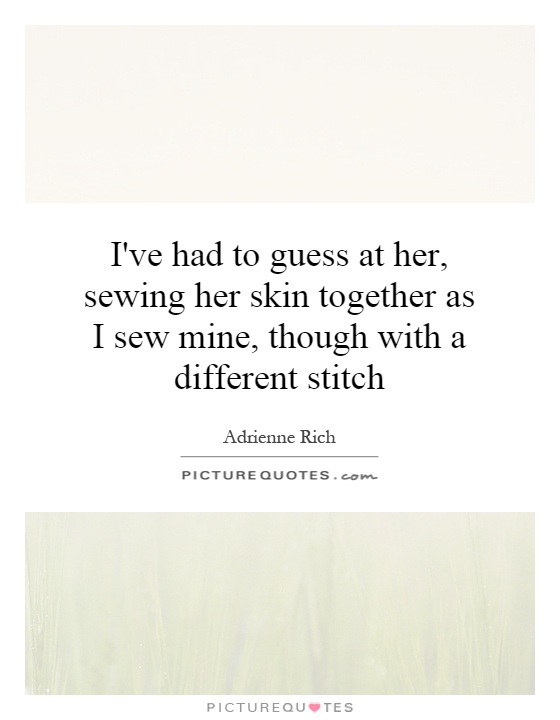
I've had to guess at her, sewing her skin together as I sew mine, though with a different stitch
Adrienne Rich, a renowned feminist poet and essayist, often explored themes of identity, relationships, and the complexities of womanhood in her work. In the quote “I've had to guess at her, sewing her skin together as I sew mine, though with a different stitch,” Rich delves into the idea of self-discovery and the process of understanding oneself through the lens of others.Rich’s use of the metaphor of sewing suggests a deliberate and careful process of self-exploration and self-creation. The act of sewing implies a sense of craftsmanship and artistry, as well as a sense of connection to the past and to tradition. By comparing the process of understanding oneself to sewing, Rich emphasizes the idea that identity is not fixed or predetermined, but rather something that is constantly being constructed and reimagined.
The phrase “I've had to guess at her” suggests a sense of uncertainty and ambiguity in the process of self-discovery. Rich acknowledges that understanding oneself is not always a straightforward or easy task, and that it often involves a degree of guesswork and intuition. This idea is further emphasized by the use of the word “her,” which implies a sense of distance and otherness from the self.
The image of “sewing her skin together” suggests a sense of intimacy and connection with the other, as well as a sense of empathy and compassion. Rich’s use of the word “skin” implies a sense of vulnerability and rawness, as well as a sense of physicality and embodiment. By sewing “her skin together,” Rich suggests a process of merging and blending identities, as well as a process of healing and transformation.
Overall, Rich’s quote “I've had to guess at her, sewing her skin together as I sew mine, though with a different stitch” encapsulates the complexities and nuances of self-discovery and self-creation. Rich’s use of metaphor and imagery invites readers to reflect on the ways in which we understand ourselves and others, and to consider the ways in which our identities are shaped by our relationships and interactions with the world around us.


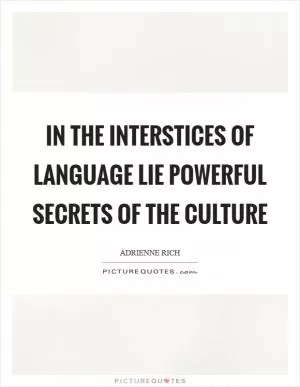



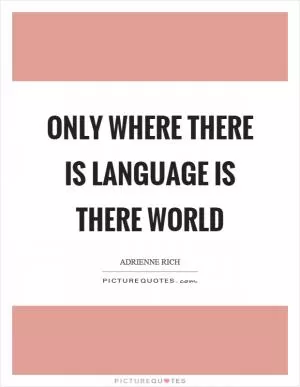


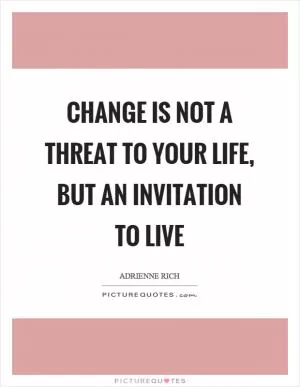

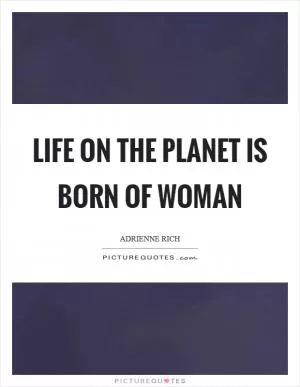
 Friendship Quotes
Friendship Quotes Love Quotes
Love Quotes Life Quotes
Life Quotes Funny Quotes
Funny Quotes Motivational Quotes
Motivational Quotes Inspirational Quotes
Inspirational Quotes